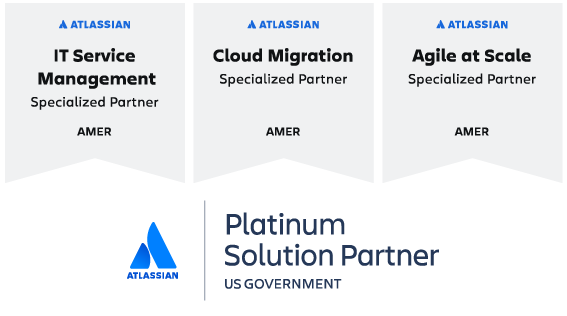 Businesses’ demands for agility are growing louder, even though you’re seeing Agile Coaching and Scrum Master jobs disappearing and entire Agile Departments being canned. Large-scale agile transformations don’t work, and we have the data to prove it. A whopping 70% of agile transformations fall short of their goals.
Businesses’ demands for agility are growing louder, even though you’re seeing Agile Coaching and Scrum Master jobs disappearing and entire Agile Departments being canned. Large-scale agile transformations don’t work, and we have the data to prove it. A whopping 70% of agile transformations fall short of their goals.
The reasons? There are many, and leadership involvement is often at the top of the list. However, attributing failure solely to leadership oversimplifies the issue and overlooks the complexities of organizational dynamics. A more constructive approach recognizes multifaceted challenges and seeks to address them through actionable strategies rather than blame.
So if agile transformations with an army of coaches and scrum masters don’t work—and business agility is needed to stay in the game–what should a leader do?
The Path to True Business Agility
Achieving business agility requires a shift in perspective. It's about embracing actionable, tangible steps over simply adopting extensive frameworks or assembling large coaching teams. You need to start with where you are today and remember that no framework or tool is a replacement for mindset and behaviors. Here are three strategies to guide this journey:
1. Demonstrate Results
The adage "lead by example" is never truer than in the quest for agility. If you’ve fallen victim to going through the motions in the past, you likely are missing out on the real results of agility. When leaders embody the agility they wish to see in their organization, and get results, it sets a powerful precedent. When your division is leading innovative product delivery and delivering on time, while reducing turnover, colleagues will naturally want to know how you accomplished what you did. They’ll talk about it. You’ll get noticed. You can be the change you want to see, and it can be as simple as embodying a culture of inspection, adaption, and innovation.
2. Introduce Constraints to Drive Innovation
Constraints breed creativity. It might sound counterintuitive, but it holds a profound truth. Did you ever wonder why market disruptors always start during a recession? Constraints. Try setting strategic limitations. This can spur leaders and teams to think outside the box. It’ll give your folks just the springboard they need for growth— transforming perceived obstacles into customer solutions. For example, set an innovation initiative for every department to create a product that incorporates GenAI without adding to the existing budget for the year.
3. Get a Subject Matter Expert on Retainer
A consultant brings a wealth of knowledge and fresh insights from diverse industries and projects. So while you don’t need an army of agile coaches, an external perspective can still be invaluable. They can identify opportunities and innovations that internal teams might overlook because they are too close to the project, or too ingrained in the existing culture. Leaders can often feel the need for a confidential, impartial, and objective sounding board to work through refining strategies and talking points, ultimately fostering a more assured and confident voice than might have been achieved independently.
But don’t hire one full-time just yet. Start with someone you can hire part-time, just enough to guide you when you need it, and scale up as others catch on to the results you are getting.
What Now?
Reflect on your leadership style. Are you ready to integrate these strategies into your approach? If you are, consider the Isos Technology Master Practitioner service which starts at just 8 hours a week. This resource offers a SME on retainer—a sounding board for ideas, a source of expert advice, and a repository of experience from various organizational contexts. Embrace this opportunity to enrich your leadership toolkit and propel your organization toward true agility.
Sign up to receive more great content
Learn more about Atlassian and how Isos can help by signing up to receive our latest blogs, eBooks, whitepapers and more.















